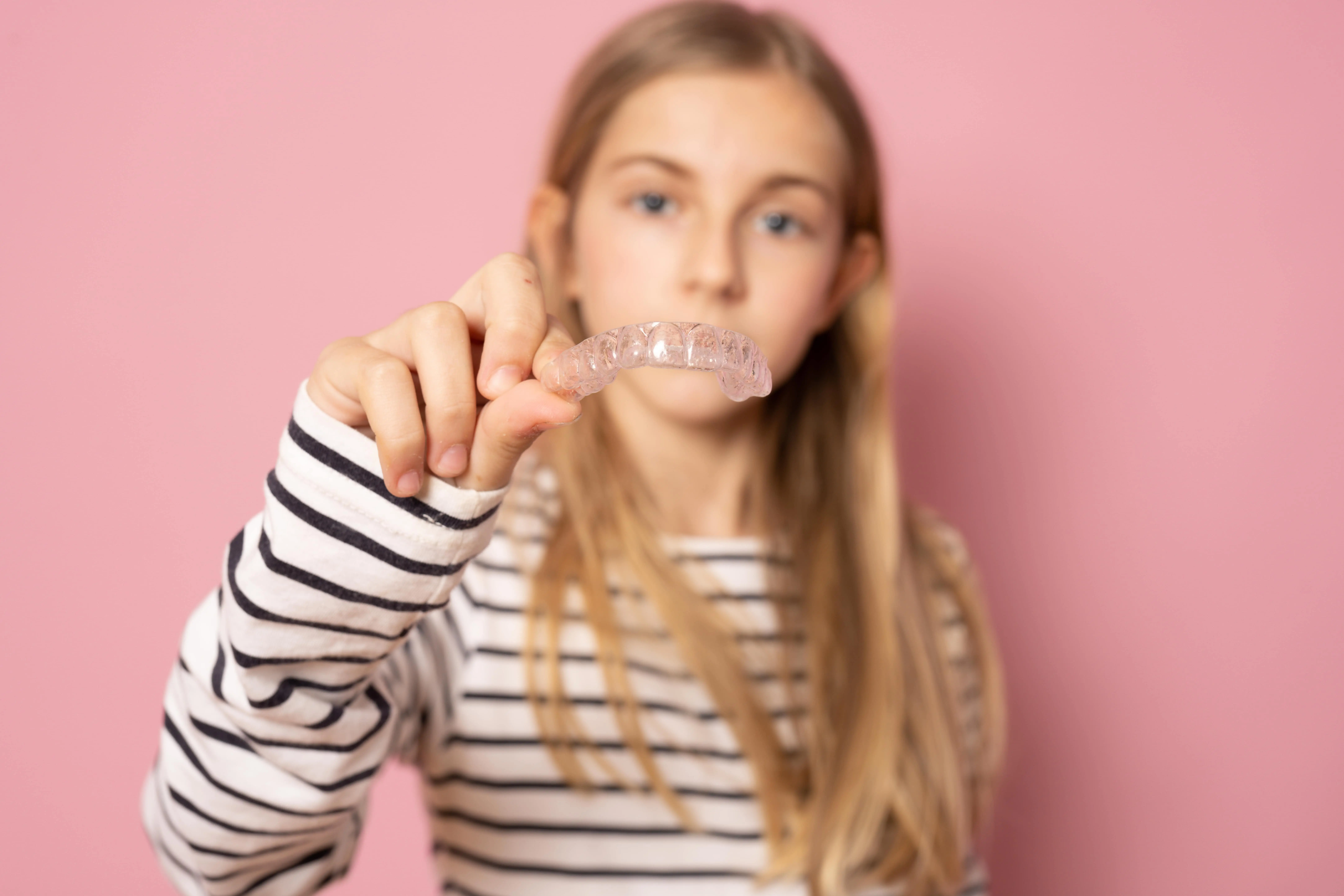What Age is appropriate for Invisalign?
Orthodontic treatment has evolved significantly over the years, with a variety of options now available to patients. From traditional metal braces to tooth-colored ceramic braces, and even lingual braces, the choices are vast. But one particular type of braces has been gaining popularity - Invisalign.
The American Association of Orthodontists says there's no specific age for using Invisalign in the United States. But usually, dentists suggest it for teens and grown-ups who can take care of their teeth and wear the aligners for about 22 hours each day.
The Ideal Age for Invisalign
Generally, Invisalign is suitable for individuals who have all their permanent teeth, typically around the age of 12-13. However, the appropriateness of Invisalign is more about the stage of dental development rather than the actual age. It's best to consult with an orthodontic specialist who can assess the individual's teeth and determine the right time to start treatment.
Remember, every individual is unique, and what works for one might not work for another. The success of Invisalign treatment depends on various factors, including the complexity of the case, the individual's commitment to wearing the aligners for the recommended 20-22 hours per day, and regular follow-ups with the orthodontist.
Understanding Invisalign
Invisalign is a type of orthodontic treatment that straightens teeth without the use of traditional metal brackets and wires. Instead, it utilizes clear, plastic aligners that are custom-made to fit the patient's teeth. The aligners put pressure on the teeth, causing them to move gradually into the desired position. This treatment planning is done by dentists and orthodontists who are trained in Invisalign therapy.
One of the pros of Invisalign is that it offers a more discreet way to correct dental problems compared to traditional braces. The aligners are virtually invisible and can be removed for eating, drinking, and oral care. This makes maintaining good oral hygiene much easier compared to braces that have brackets and wires holding the wire to the teeth.
Another advantage is the comfort factor. Regular braces might make your jaw pain and feel uncomfortable because they have metal wires and rubber bands that help move your teeth. In contrast, Invisalign aligners are crafted from soft plastic that won't bother your gums or cheeks.
However, it's important to note that the success of Invisalign treatment largely depends on the patient's commitment. The aligners need to be worn for at least 22 hours a day and only removed for meals and dental care. Failing to do so can prolong treatment times and affect the overall results.
When you need to pick the type of braces for your teeth, it's important to think about the good and not-so-good things about each choice. While Invisalign offers many benefits, it may not be suitable for everyone. Some complex cases may require the use of traditional braces, including stainless steel or ceramic braces. Therefore, it's crucial to have a thorough discussion with your orthodontist to determine the best treatment plan for your specific needs.
Remember, the goal of orthodontic treatment is to properly position the teeth and jaw for optimal function and aesthetics. Regardless of the type of braces you choose, the end result is a beautiful, healthy smile that can boost your confidence and improve your overall dental health.
Book an appointment with our experienced medical reviewers today!
Braces or Invisalign: Making the Choice
Wearing braces and Invisalign both help to straighten teeth and keep your oral healthy, but they do it in different ways. Braces use metal brackets and wires to move your teeth, and Invisalign uses clear aligners. Choosing between wearing braces and Invisalign depends on your personal preference, lifestyle, and what your teeth need.
Schedule a consultation with our team to discuss the best orthodontic solution.
